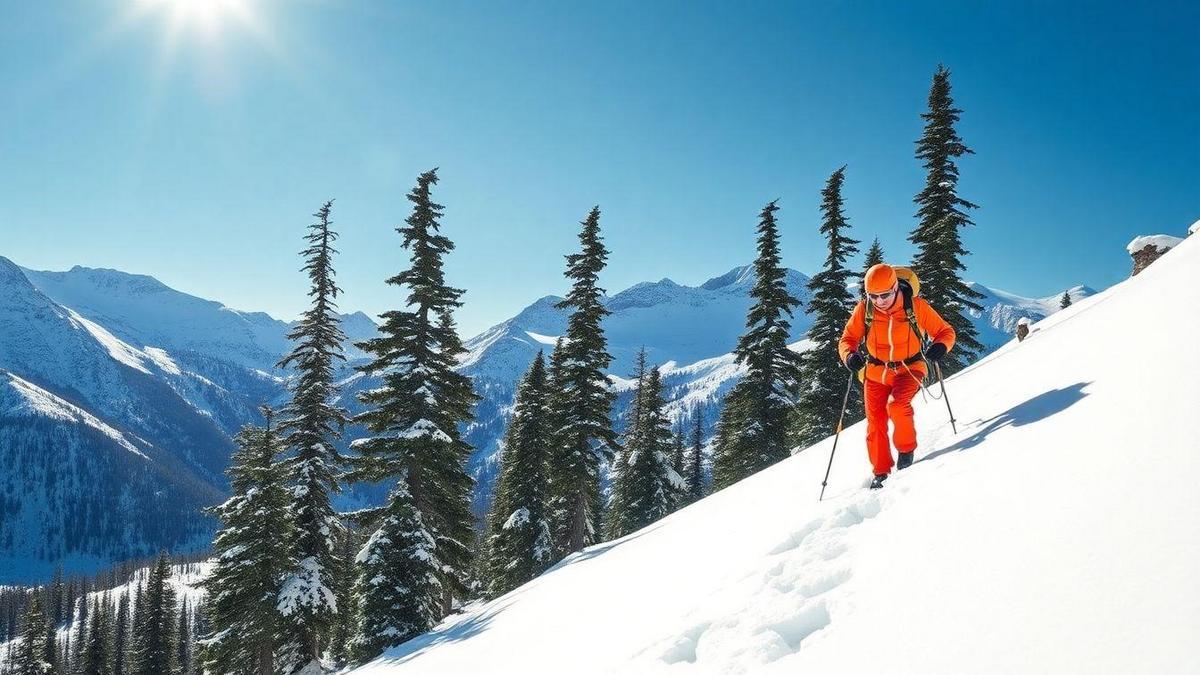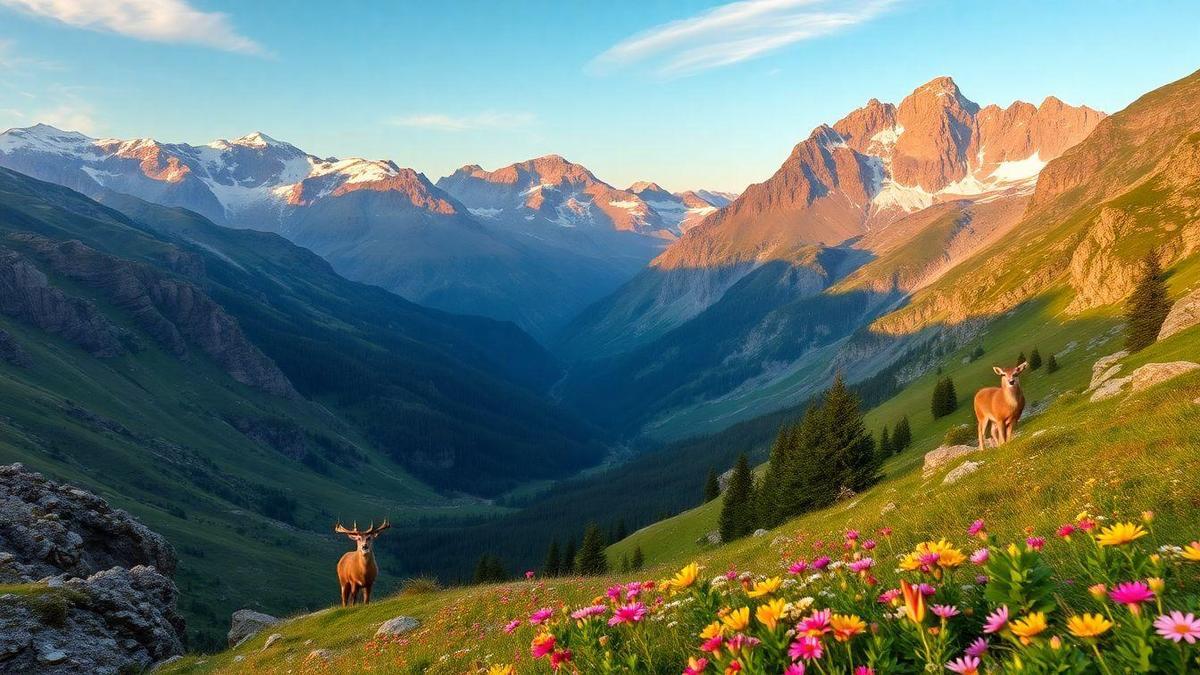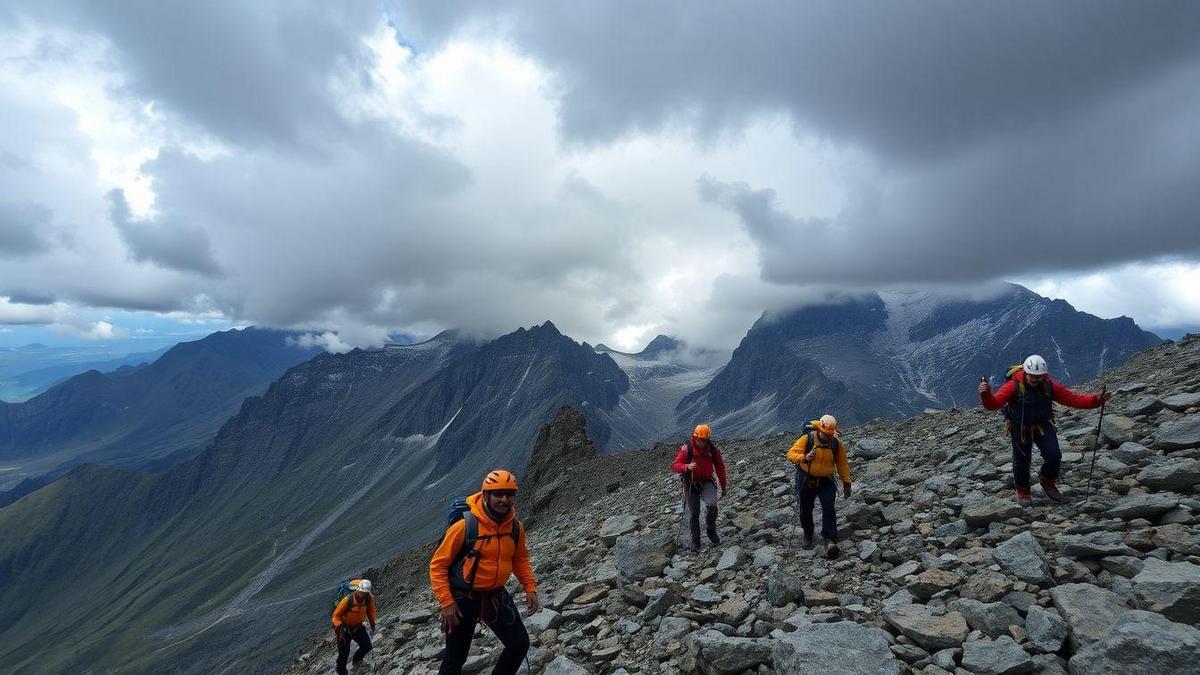
Understanding Cold Weather Climbing Risks
Common Hazards in Winter Climbing
When you decide to climb a mountain in winter, you’re stepping into a world filled with challenges. The cold can be your biggest enemy. Here are some common hazards you should be aware of:
- Avalanches: These can happen suddenly. Always check the avalanche forecast before you head out.
- Frostbite: This occurs when skin freezes, often affecting fingers, toes, and ears.
- Ice: Slippery surfaces can lead to falls. Use crampons and ice axes to stay safe.
- Whiteouts: Snow and fog can reduce visibility to almost zero. Always carry a map and compass.
How Cold Affects Your Body
The cold can impact your body in several ways. It’s crucial to recognize these effects to stay safe on your climb. Here’s how the cold can affect you:
- Shivering: Your body’s way of generating heat. It’s a warning sign that you need to warm up.
- Numbness: If you feel numbness in your fingers or toes, it’s time to take action.
- Fatigue: Cold weather can drain your energy quickly. Make sure to rest and eat properly.
Recognizing Symptoms of Hypothermia
Hypothermia is a serious condition that can sneak up on you. Here are some symptoms to watch for:
| Symptom | Description |
|---|---|
| Shivering | An early sign that your body is losing heat. |
| Confusion | You might feel disoriented or forgetful. |
| Slurred speech | Talking may become difficult. |
| Weak pulse | Your heart rate may slow down. |
If you notice these signs, it’s essential to act fast. Move to a warmer place, remove wet clothes, and warm up with blankets or hot drinks.
Essential Winter Mountaineering Tips
Preparing for Your Climb
Before you lace up your boots and hit the trail, preparation is key. Think of it like cooking a meal; you wouldn’t start without all your ingredients, right? Here’s a checklist to help you get ready:
- Research the Weather: Winter weather can change in a heartbeat. Check forecasts and be prepared for surprises. For more insights on how weather conditions affect mountain climbing safety, see this resource.
- Pack the Right Gear: Layering is your best friend. Make sure to have thermal clothing, a waterproof jacket, and sturdy boots. Consider reviewing essential gear for winter climbs to ensure you’re fully equipped.
- Bring Safety Equipment: Items like a first aid kit, a map, a compass, and a headlamp can be lifesavers. Familiarize yourself with first aid measures for climbing to handle emergencies effectively.
Choosing the Right Route
Choosing your path is like picking the right book to read. You want something that matches your skill level and interests. Here are some tips:
- Know Your Limits: Don’t bite off more than you can chew. Pick a route that matches your experience.
- Consult Guides and Maps: Use local resources to find the safest and most enjoyable paths.
- Stay Updated on Conditions: Trails can change with the weather. Always check for the latest conditions.
Importance of a Detailed Climbing Plan
Creating a climbing plan is like drawing a roadmap for your journey. It helps you stay on track and avoid getting lost. Here’s what to include:
| Plan Element | Details |
|---|---|
| Start and End Points | Clearly mark where you will begin and end. |
| Estimated Time | Calculate how long each section will take. |
| Emergency Contacts | List who to call if things go south. |
| Checkpoints | Identify places to rest or regroup. |
A solid climbing plan underpins your safety. It helps you anticipate challenges and keeps you focused on your goal.
Winter Climbing Safety Gear
Must-Have Equipment for Winter
When you’re gearing up for a winter climb, having the right equipment is crucial. Think of it as your armor against the cold. Here are some must-have items you should pack:
- Ice Axe: Essential for climbing icy slopes.
- Crampons: These attach to your boots and give you better grip on ice and snow.
- Helmet: Protects your head from falling ice and rocks.
- Avalanche Beacon: A lifesaver if you get caught in an avalanche.
- First Aid Kit: Always be prepared for minor injuries.
How to Choose the Right Clothing
Choosing the right clothing can mean the difference between a fun adventure and a miserable experience. You want to stay warm, dry, and comfortable. Here’s how to pick the right gear:
- Waterproof Jacket: Look for something that keeps rain and snow out.
- Insulated Pants: These help keep your legs warm.
- Warm Hat and Gloves: Don’t forget your extremities; they get cold quickly!
Layering Techniques for Warmth
Layering is the key to staying warm while climbing. Here’s a simple guide to help you layer properly:
| Layer Type | Purpose | Material Suggestions |
|---|---|---|
| Base Layer | Wicks moisture away from skin | Merino wool, synthetic |
| Insulation Layer | Traps heat | Fleece, down |
| Outer Layer | Protects from wind and moisture | Waterproof shell |
- Start with a Base Layer: This sits next to your skin and keeps you dry.
- Add an Insulation Layer: This helps keep your body heat in.
- Finish with an Outer Layer: This shields you from the elements.
Remember, the goal is to keep your body temperature regulated. If you get too hot, you can remove a layer, and if you feel chilly, add one back on.
Safe Winter Hiking Tips
Navigating Icy Trails
When you’re out on icy trails, it’s like walking on eggshells. One wrong step can lead to a slip or fall. Here are some key precautions for climbing mountains during winter months to keep in mind:
- Wear proper footwear: Make sure you have shoes with good grip. Look for ones with deep treads or consider adding traction devices.
- Use trekking poles: These can help you maintain balance and provide extra support when the ground is slippery.
- Stay aware of your surroundings: Keep an eye out for patches of ice and avoid them when possible. Look for safer paths.
Staying Hydrated in Cold Weather
It’s easy to forget to drink water when it’s cold outside, but staying hydrated is vital. Here are some tips:
- Drink warm fluids: Hot drinks can help warm you up and keep you hydrated. Try tea or hot chocolate.
- Carry a water bottle: Insulated bottles can prevent your water from freezing. Always have it handy.
- Set reminders: Every hour, take a moment to sip some water. It’s a simple way to stay on track.
Tips for Maintaining Energy Levels
Keeping your energy up is crucial when you’re out in the cold. Here are some quick tips to help:
- Pack high-energy snacks: Nuts, energy bars, and dried fruits are great options. They pack a punch without weighing you down. For more nutrition tips, explore this guide.
- Eat small meals: Instead of one big lunch, have a few small snacks throughout the day. This keeps your energy steady.
- Listen to your body: If you feel tired, take a break. Resting for a few minutes can recharge your batteries.
Avalanche Safety Measures
Understanding Avalanche Risks
When climbing mountains, especially in winter, avalanche risks are something you can’t afford to ignore. Avalanches can happen suddenly and can be deadly. They occur when a layer of snow collapses and slides down a slope. Knowing where and when avalanches are likely to happen can save your life. Areas with steep slopes, recent snowfall, or warming temperatures are often high-risk zones.
How to Use an Avalanche Beacon
An avalanche beacon is a lifesaver in emergencies. This device helps you find someone buried under the snow. Here’s how to use it:
- Turn it on: Make sure your beacon is on and set to transmit mode before you head out.
- Search mode: If someone gets buried, switch your beacon to search mode.
- Follow signals: As you get closer to the buried person, the signal will get stronger.
- Dig: Once you pinpoint the location, start digging!
Remember, practice using your beacon with friends before hitting the slopes. This way, you’ll feel more comfortable in a real emergency.
Creating an Emergency Plan for Avalanches
Having a plan can make all the difference. Here are some key steps to create an emergency plan:
| Step | Action |
|---|---|
| 1 | Gather your team: Discuss avalanche safety with everyone before climbing. |
| 2 | Set roles: Assign tasks, like who will search or who will dig. |
| 3 | Know the area: Familiarize yourself with the mountain and its risks. |
| 4 | Check weather: Always look at the weather forecast before you go. |
| 5 | Practice drills: Conduct mock drills to prepare for emergencies. |
By being prepared, you can face the mountain with confidence and keep your group safe.
Mountain Climbing Weather Preparation
Checking Weather Conditions Before You Go
Before you lace up your boots and hit the trails, checking the weather is a must. You wouldn’t want to be caught in a snowstorm or heavy rain, right? Here are some tips to help you stay informed:
- Use reliable weather apps: Look for apps that provide forecasts specific to your climbing area.
- Check multiple sources: Don’t rely on just one source. Compare forecasts from different platforms.
- Look for local advisories: Sometimes, local news stations have updates that national apps might miss.
Adjusting Plans Based on Weather Changes
Weather can be as unpredictable as a cat on a hot tin roof. If conditions change, you need to be ready to adapt. Here’s how:
- Have a backup plan: If the weather turns sour, know where you can go instead.
- Be flexible with your schedule: Sometimes, it’s better to wait for a clearer day than to push ahead.
- Keep an eye on the sky: If you notice dark clouds rolling in, it might be time to call it a day.
Importance of Real-Time Weather Updates
Staying updated in real-time can be the difference between a fun adventure and a scary situation. Here’s why:
| Why Real-Time Updates Matter | Benefits |
|---|---|
| Immediate Alerts | Get notified of severe weather changes instantly. |
| Better Decision Making | Make informed choices on the fly. |
| Safety First | Avoid dangerous situations that can arise from sudden weather shifts. |
Frequently Asked Questions
What are key precautions for climbing mountains during winter months?
Always check the weather first. Dress in layers to stay warm. Bring more food and water than you think you need. Don’t forget to tell someone your plans.
How can I prepare for avalanches while climbing?
Know the signs of avalanches. Check avalanche forecasts daily. Carry safety gear like a beacon and shovel. Stay in safe zones and avoid steep slopes.
What safety gear do I need for winter climbing?
Wear a warm, waterproof jacket. Get sturdy boots with good grip. Bring crampons for icy spots. Use ropes to stay secure on steep areas.
How should I hydrate while climbing in winter?
Drink water regularly, even if you don’t feel thirsty. Use insulated bottles to keep water from freezing. Warm up your water before drinking if you can.
Is climbing easy in winter?
Winter climbing can be tough. The cold makes everything harder. Snow and ice add challenges. Always be prepared and know your limits.


